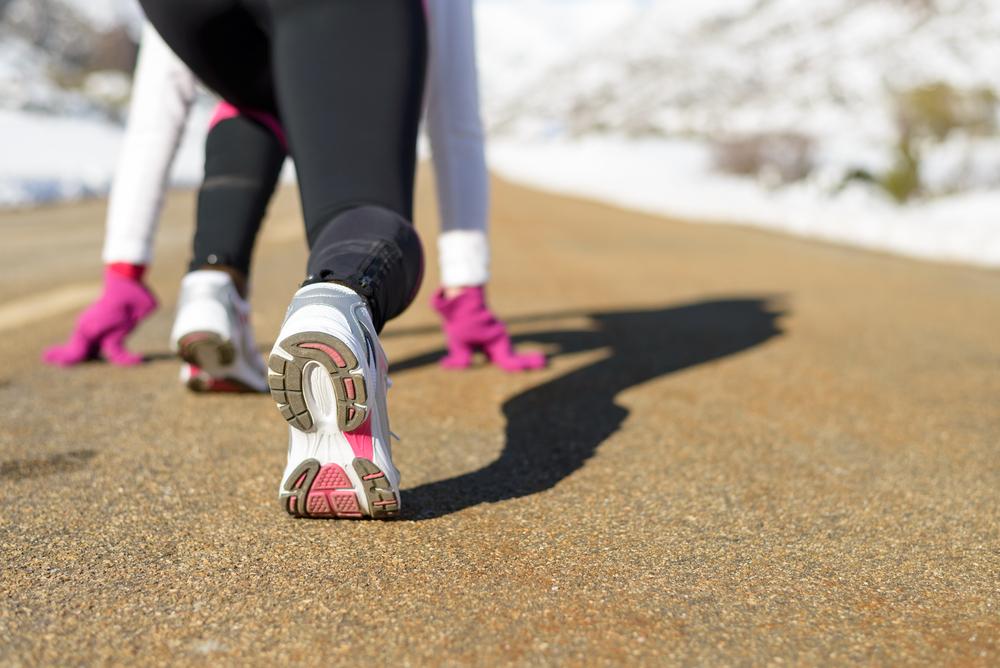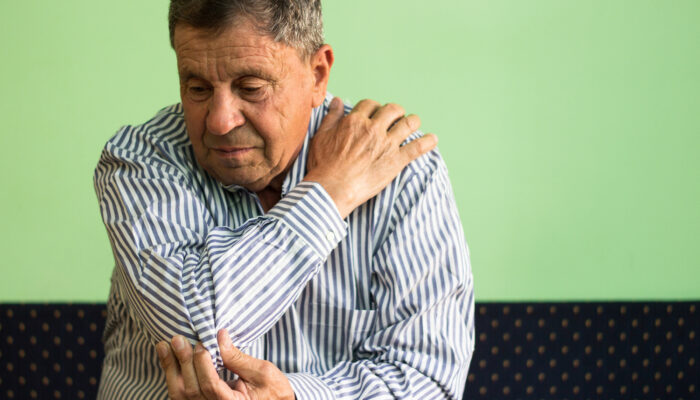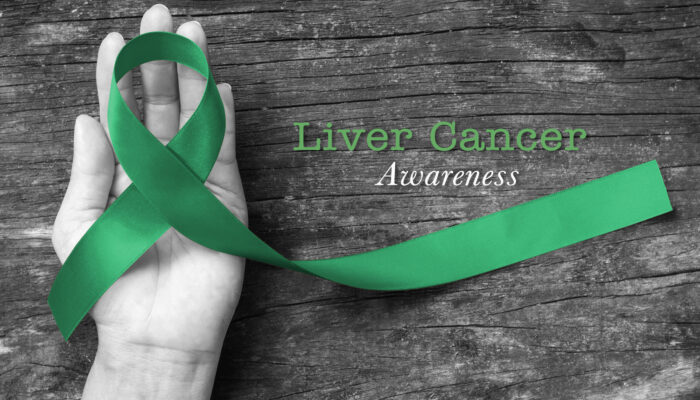
Diagnosis and treatment of athlete’s foot
Anyone can develop athlete’s foot but it’s more prevalent among sportspeople as their feet tend to get more moist and warm due to excessive sweating. This provides an ideal breeding ground for the fungi, tinea pedis, which causes this infection to thrive.
Diagnosis
Many people self-diagnose based on the symptoms they’re experiencing and begin over-the-counter treatment. It’s always wiser to refrain from doing so as it could lead to further complications, especially if you have any underlying health conditions like diabetes, a weak immune system, or chronic swelling of the legs. Consult a doctor at the first sign of itchiness and allow them to examine the affected area. They will give you an accurate diagnosis and recommend the right course of treatment.
Most of the times, your doctor will be able to diagnose if you’re suffering from athlete’s foot by looking for the usual symptoms like itching, burning between the toes and soles of the feet, and the appearances of itchy blisters along with cracking and peeling skin. In some cases, the affected toenails may become crumbly and thick, and tend to pull away from the nail bed and get discolored.
To help confirm the diagnosis and rule out other skin conditions like psoriasis and dermatitis, they may go ahead and do certain clinical tests.
These tests are:
- Examining the affected area under ultraviolet light which causes some species of fungus to glow.
- Skin scrapings and nail clippings from the affected areas are sent to a pathology lab for testing.
- KOH test helps diagnose and differentiate between fungal infections and other skin conditions.
Treatment
The treatment depends and differs according to the severity of the infection. For a mild infection, topical antifungal cream, ointments, or sprays are used to relieve symptoms and kill and prevent the growth of fungi. Sprinkling antifungal powder on the feet and in the shoes are recommended, but you need to use them according to the doctor’s instructions. Treatment should be continued for one to two weeks after the infection subsides.
If the infection advances to the toenails, then the doctor may prescribe a combination of topical and oral medicines.
When the infection is severe due to the bursting of the blisters or excessive scratching, then it develops into a bacterial infection. In that case, antibiotics will be prescribed. If treatment is neglected, the infection tends to become stubborn and resistant to medicines.
The secret to any successful treatment for athlete’s foot is following basic foot hygiene and keeping them clean and dry.
Steps to follow during and after the course of the treatment:
- Always wash your hands before and after applying the ointment or lotion.
- Do not scratch the affected area as it could lead to the spread of the infection.
- Wash and dry your feet daily.
- Allow your feet to breathe as much as possible.
- Wear porous shoes and air them.
- Change your socks regularly.



